One of this year’s surprise Netflix hits, Is It Cake? introduced a whole new audience to the art of making cakes that look like other stuff. Awed by cakes masquerading as handbags, cash registers and rubber ducks, and celebrating Food Month, we asked multiple-award-winning Dublin-based cake artist Anjali Tambde, just how easy is it to turn cake into art?

Is sugarcraft a new thing?
According to Anjali, who started her career as a fashion designer but soon got bitten by the cake bug, cakes date back to Ancient Egypt. While it is believed the first actual birthday cake was made in Germany in the Middle Ages, our modern idea of cakes as round things decorated with icing comes from 17th century Europe. Sugar itself appeared on the scene in India about 2,500 years ago, but it was the evolution of sugar refining and fondant recipes that really allowed things to take off.
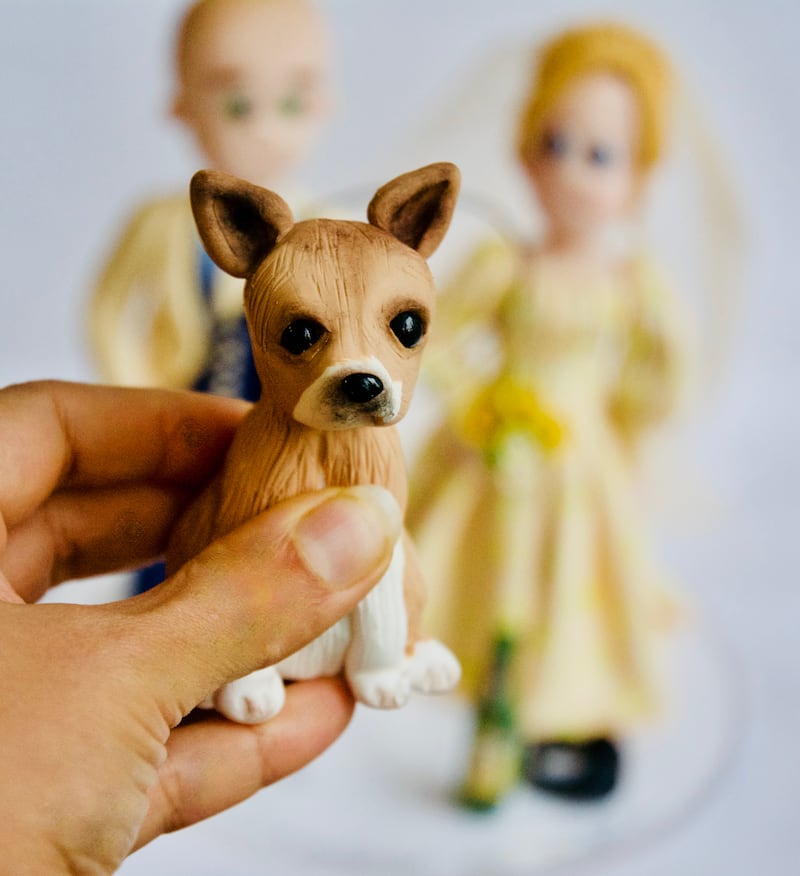
What is fondant?
The go-to of cake designers everywhere, fondant is a dough made with sugar, cornstarch, glucose syrup, cocoa butter and some flavouring. “It has changed the cake industry,” says Anjali, who adds that they’ve even worked out how to make different fondants for different climates. “So no more floppy figurines!” Fondant can also include gum arabic and/or tylose, giving different levels of stretchability.
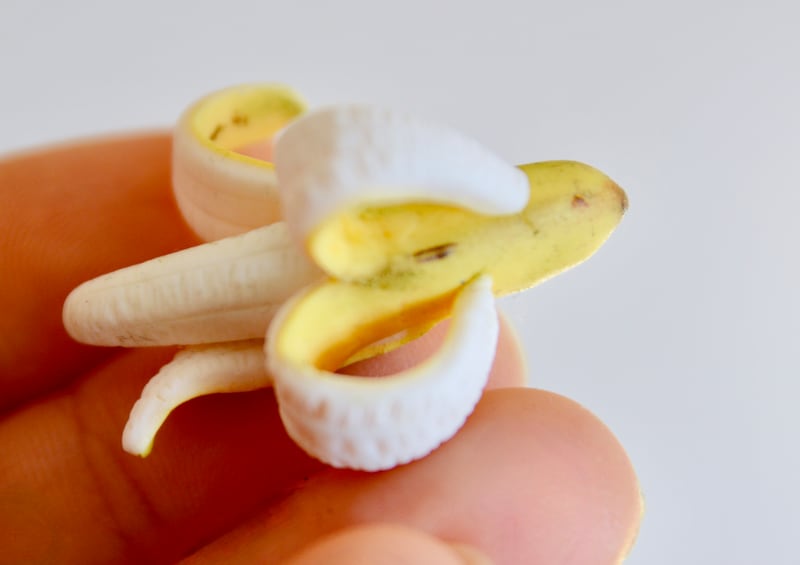
Is it all edible?
Depends on the cake maker. “Everything can be 100% edible,” says Anjali. “But sometimes a life-sized cake will have internal supports. You might want a huge cake, but not have enough guests to eat it all, so it can be made partly edible – which is very popular for consumers with big ideas.”
Sally Rooney: ‘I enjoy writing about men ... the dangerous charisma of the oppressor class’
Alzheimer’s: ‘I’ve lost my friend and my companion,’ says Úna Crawford O’Brien of fellow Fair City actor Bryan Murray
Ryan Adams at Vicar Street: A gig that nobody will forget anytime soon, but perhaps not for all the right reasons
Meghan Markle’s new podcast: An ego-fluffing conversation underlining the culture gap between Ireland and the US
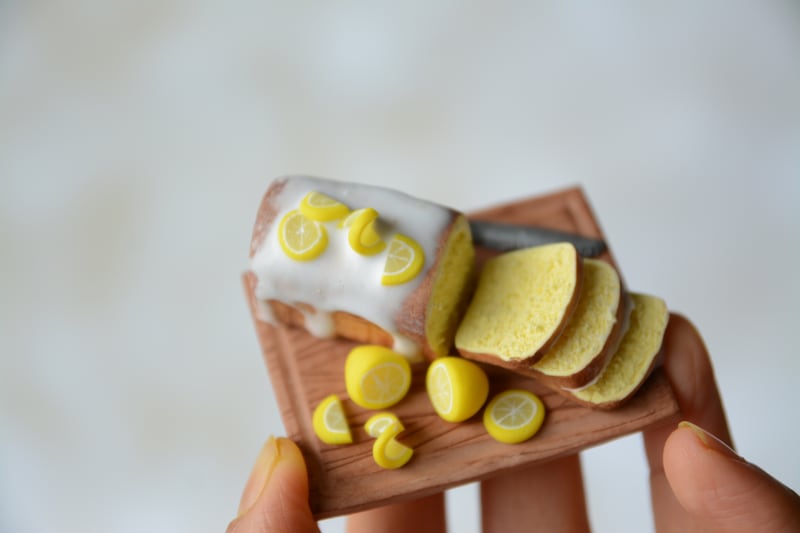
Okay, so let’s get granular.
Getting serious about your cake, you’re going to want to create the basics. This means making one or more cakes and cutting them to the right general size and shape. So a rubber duck would be a basic round sponge with a smaller one on top. Now it’s fondant time.
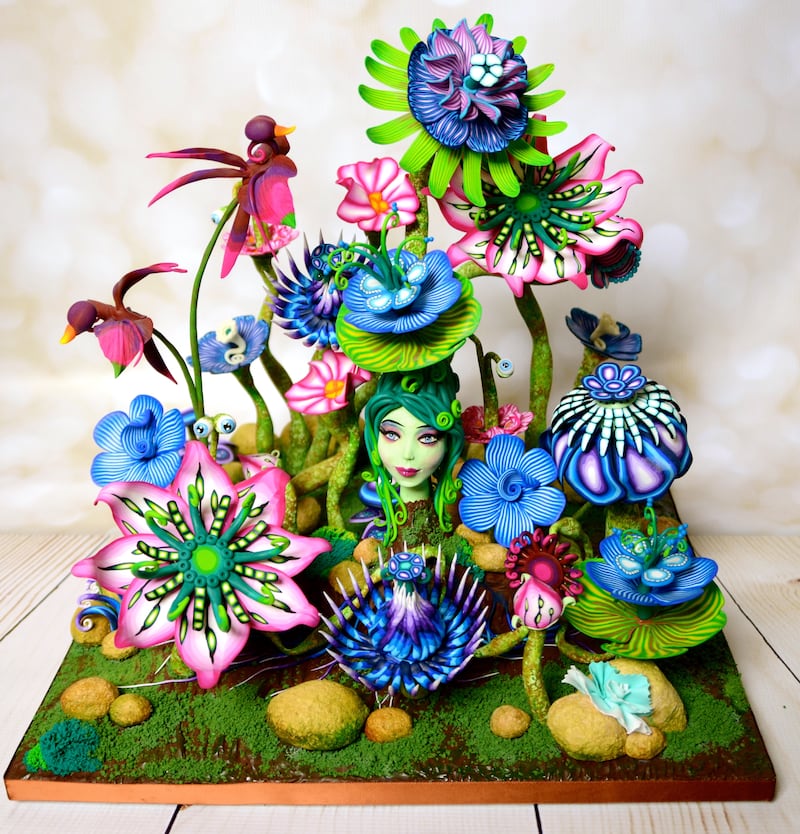
Know your fondants...
Fondants come in an abundance of categories. There’s cake covering for easy rolling; sugarpaste for modelling; and gumpaste for delicate jobs. “It can be rolled really thin, so it’s ideal for delicate flowers or fabric effects, but it dries very quickly, so needs to be used in small amounts.” According to Anjali, sculpting paste is “the best thing invented in the cake industry in the past few years. It makes sculpting life-size portraits really easy. The amount of chocolate in it makes blending smooth and gives longer working hours to finish the piece.” Then there’s pastillage, which dries so hard that you can even sand and buff it. Anjali uses it for castles, ships, panels and pillars…
...and know your tools.
Cake artists have an arsenal of tools at their disposal. On the edible side, Anjali uses isomalt (candy sugar), wafer paper, cocoa butter, glazes, rice paper, edible colours, glitters and paints. While you can buy printers that will print in edible dye on edible paper, she prefers to hand-paint her pieces, which means paint brushes and air brushes are also vital ingredients.
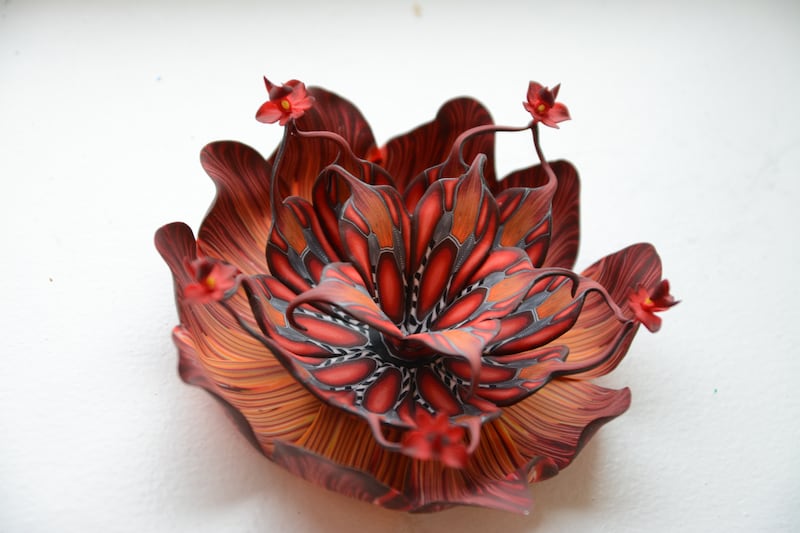
Sounds tasty, where do I sign up?
Online, and in-person classes with Anjali range from beginners to masterclasses. Start with figurines or flower-making and discover how absorbing (and tasty) sugar art can be. Look out for local sugarcraft guilds to meet like-minded makers – see dublinsugarcraftguild.com, for example. “And don’t be afraid to think outside the box and try something new,” says Anjali.
















